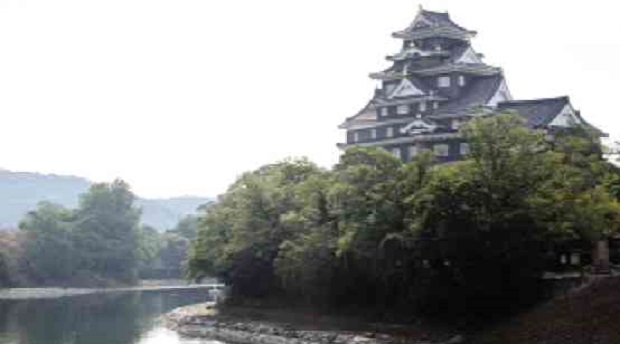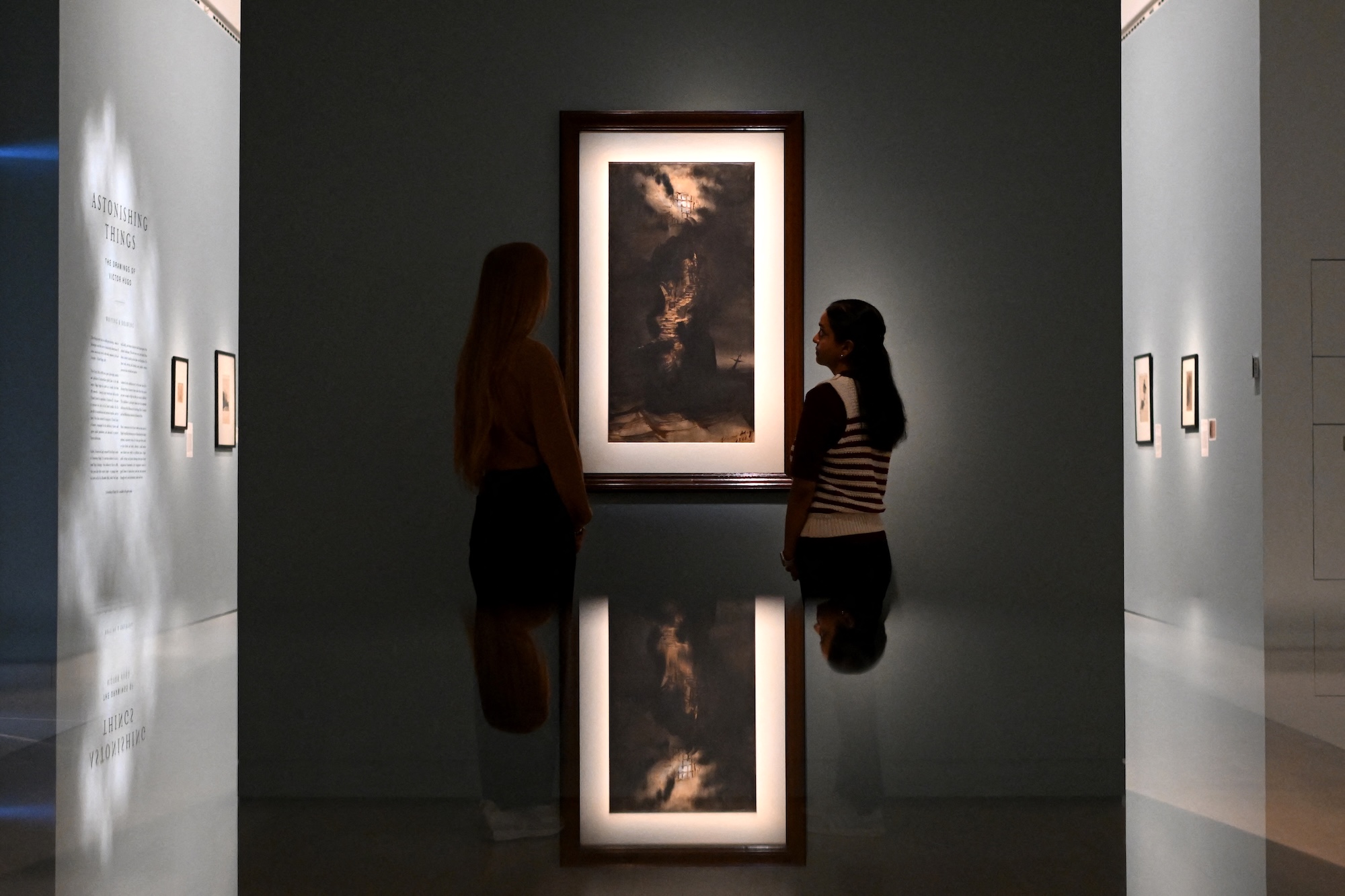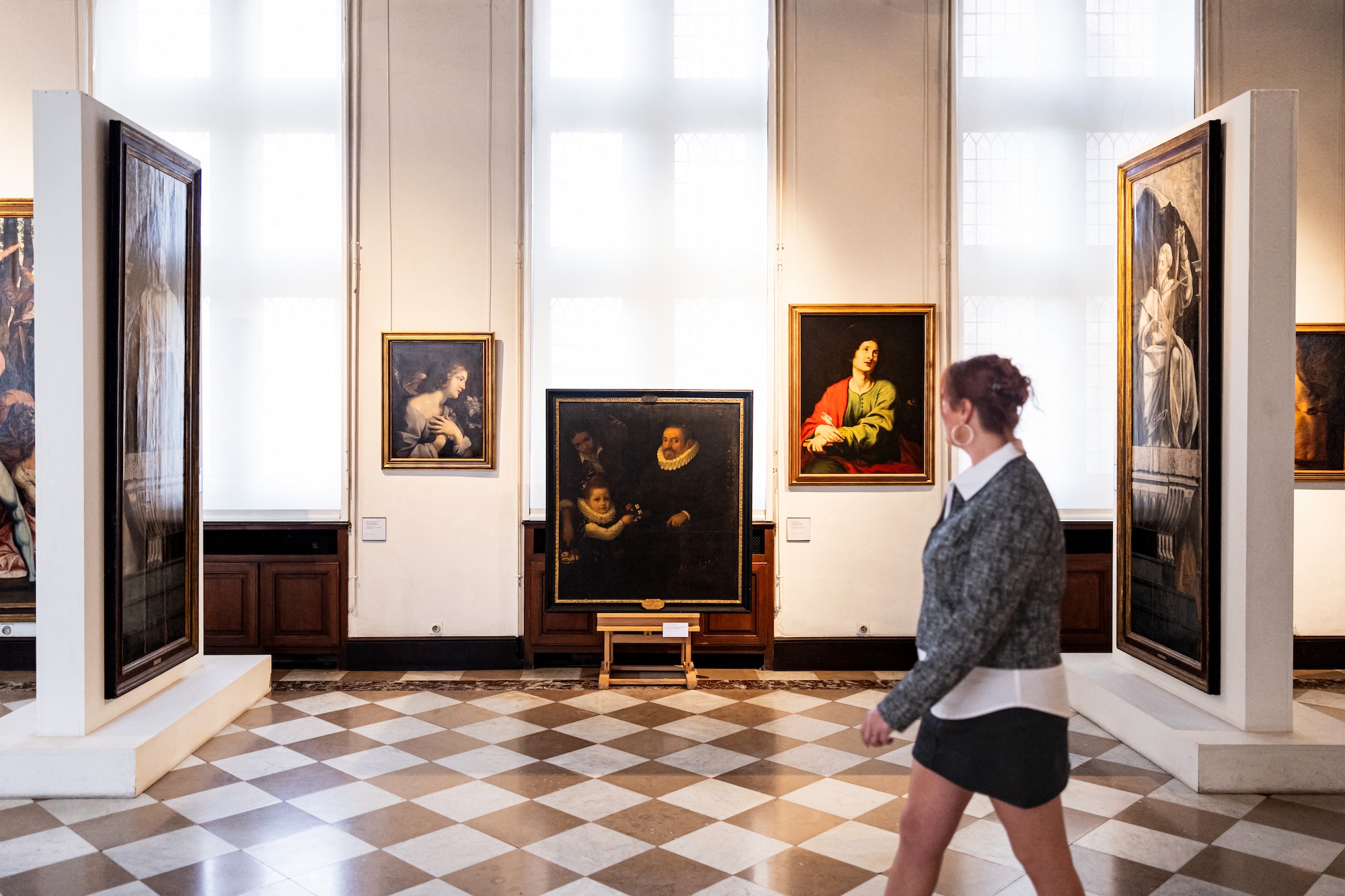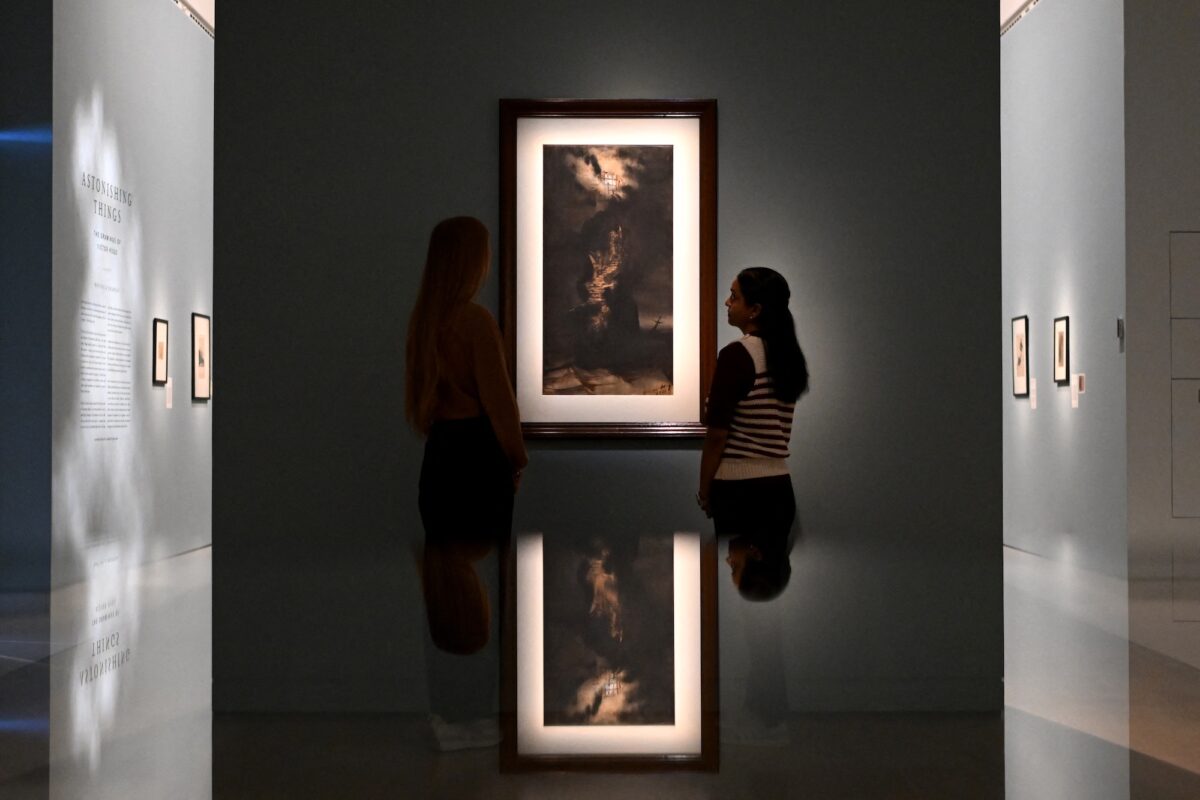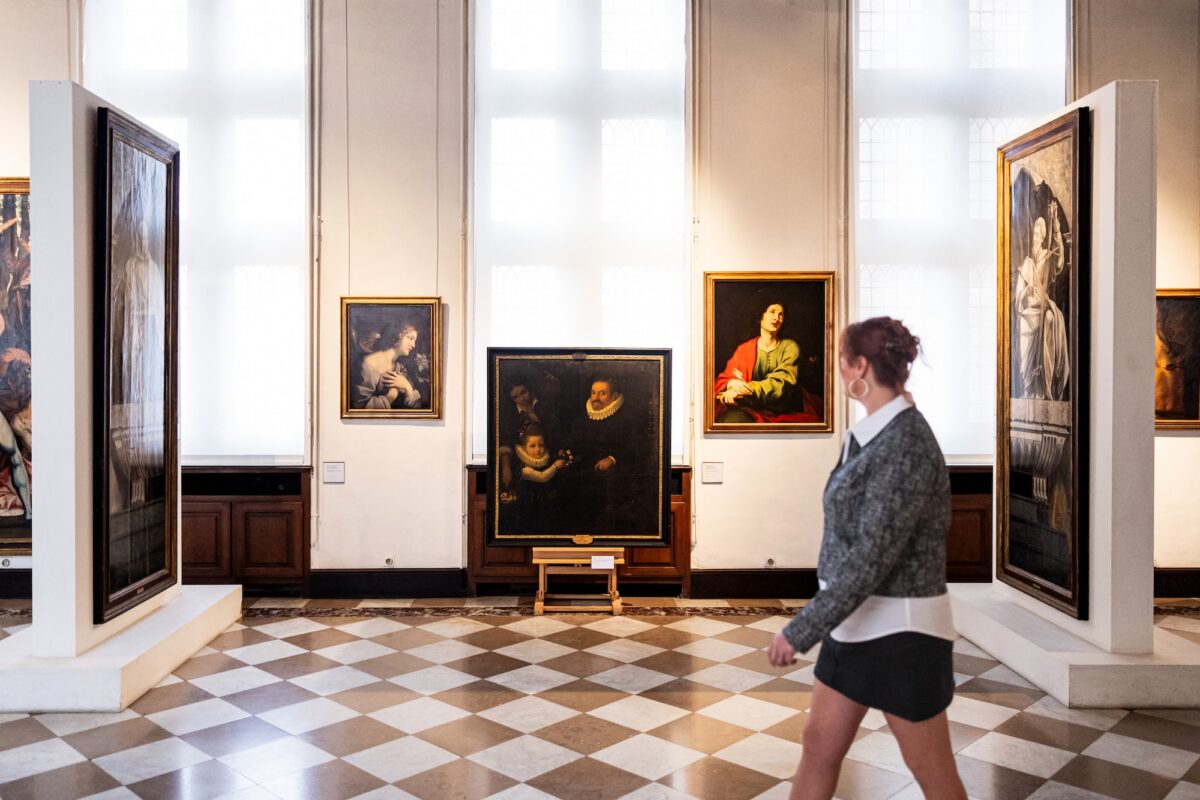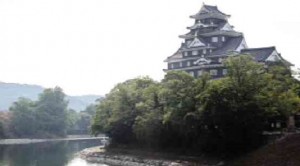
Crows have always struck me as sinister creatures. Many years ago, as a young intern in Dacca, I watched a gang of these feathered ruffians obliterate the carcass of a goat in a matter of minutes.
I have, ever since, associated them with bloody entrails and other messy bits. I find it quite appropriate that a “murder of crows” is the archaic collective noun for a flock of these birds. Even their plaintive cawing is, for me, evocative of terrible cataclysms.
Consequently, while visiting Okayama in Japan, upon reading that the city’s stronghold was known to the locals as “Crow Castle,” I couldn’t help but wonder if homicide and disasters had anything to do with the name.
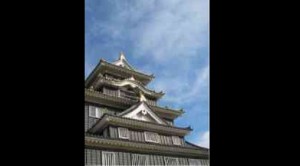
I later came upon a source which reported that the moniker was derived from the owner’s decision to paint his abode black. He did this to distinguish it from his rival’s edifice which was famously white.
The first structure to occupy the premises of the dark tower was built in the 14th century by the Nawa clan.
As was often the case given the tumultuous affairs of scheming samurai and their masters, the Nawa were eventually supplanted by the Ukita. It was Ukita Naoie who started building the precursor of the present five-story main keep in 1573, a project that was finished by his son Hideie.
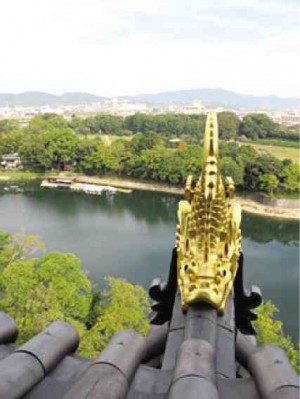
When Naoie died, the young Hideie became the ward of the great lord, Toyotomi Hideyoshi. With this relationship, the fates of the Ukita and their Okayama family seat were sealed.
Hideyoshi was, at that time, locked in a death struggle with the Tokugawa clan headed by Ieyasu. As any ninja aficionado will recall, victory would smile on the latter.
200 years
The Tokugawa emerged triumphant from the critical Battle of Sekigahara in 1600. Though the final annihilation of the Toyotomi still lay more than a decade in the future with the fall of the magnificent Osaka Castle, the stage was set. The Tokugawa were assured that they would be the rulers of a unified Japan for the next 200 years.
These were events that engendered high drama and fierce emotions. It seems that, even today, the bitter rivalries are still very much alive.
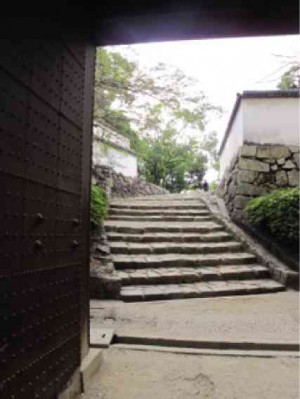
This was made clear to me by the film “Princess Toyotomi,” which depicted the bloody battles of the Siege of Osaka. It vividly recounted the burning and the slaughter. It showed that none were spared—noblemen and pages, women and children.
It also showed how, despite defeat, a secret kingdom is supposed to have survived with the men of Japan’s Second City, its proud defenders.
And where was Okayama Castle in all this? As the property of a clan affiliated with the losing side, it became part of the spoils of war. It eventually ended up with one of the allies of the Tokugawa, the Ikeda clan.
The clan would remain its chatelaine until the modern period when the property was turned over to the government. As a setting for the violence connected with all these tumultuous affairs, this building lives up to the macabre reputation of its winged namesake.
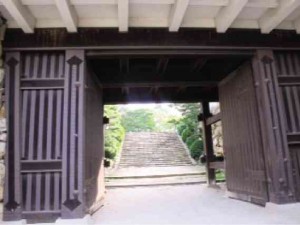
Serenity
Crows were distinctly absent though, on the day I decided to tour Okayama Castle. Instead, as I crossed the bridge, I saw a picture of sublime serenity. The tower rose above the trees, shimmering faintly in the early morning wash.
There was an eternal quality about the castle. One had the feeling that it had always been there, silently perched on the cliffs, watching the clashes in Japanese history.
I was awed by the gargantuan sloping walls which supported the towers. These were painstakingly built using enormous stones without the aid of cement.
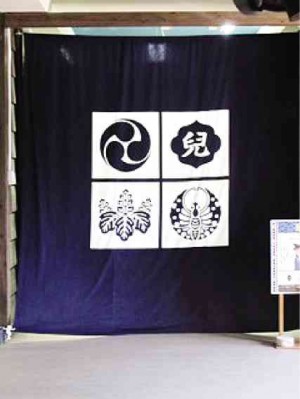
Passing through the two gates, I noted how solid they were, made of huge beams which almost seemed to have been fashioned from steel. It would certainly take a tremendous effort to ram through.
Both gates opened into enclosed spaces with flights of steps rising at the back. During a siege, these spaces could easily be filled with earth, making the gates immovable.
If the enemy still managed to enter, arrows and other nasty things could be rained on them from above. The castle terraces made it easy for defenders to maintain the high ground. This was a coveted strategic position in warfare as one learns from such revered classics of military instruction as “Mulan” and “Kung Fu Panda”!
I saw from a map of the compound that there used to be a warren of structures. All the original buildings—including the imposing castle keep—were destroyed by fire during the Second World War. Only two corner towers remain intact. They have been declared Important Cultural Properties. The keep or donjon was eventually rebuilt out of concrete.
Entering the central structure, I noted how the exterior was made to look old but the interiors had been modernized.
Like Quiapo

There was even a working elevator. At the top, I was able to examine the interlocking roofs and the intricate ornaments.
I was quite intrigued by the fish-shaped finials completely covered with gold. These are known as shachihoko.
I couldn’t help but smile when I recalled that there were replicas of these finials in the Ocampo Compound of Quiapo. While negotiating the narrow crowded alleys of the Manila district, one will suddenly come upon these finned sculpture—bits of Samurai Japan in the midst of the squalor of the Philippine capital.
Outside the windows, the whole city stretched before me. I had a glimpse of the green expanses of neighboring Korakuen, considered one of the three most important gardens in all Japan. It had been created by the Ikeda, the same clan that had been the castle’s final private owners.
Observing Korakuen from my vantage point, I fell to thinking that the garden may have been created precisely so that observers from the tower would have an impressive view.
Okayama Castle, like many of its sister structures all over Japan, is clearly a formidable war machine to be deployed during desperate times. Its thick stone walls, its impregnable gates as well as its central keep where a lord and his retainers could make a last stand, all these were weapons which held attackers at bay.
Yet, such is the balanced nature of Japanese life that the castle towers were also lauded in painting and poetry for their vistas of gardens and the rising moon.
While descending, I noticed that there were designs on the elevator doors. I recognized these to be the seals of the Toyotomi clan, reminding me that the ancient conflicts were still very much alive. This was why Okayama Castle was made to rise again from the ashes: It was the sacred symbol of the city, enshrining the past and the future.
Later on, I would notice a pair of curtains adorned with what looked like more family crests. My suspicions were confirmed by a tourist guide who explained that they were the crests of the Ukita, the Kobayakawa and the Ikeda clans, all former owners of Crow Castle. This was, in effect, a summary of the building’s history, a visual rendering of its place in the saga of Japan.
Inspired by my newly discovered heraldic abilities, I eagerly studied what I thought was, at first, another seal. I could make out a round shape and what seemed, strangely, like whiskers. It was only when I noticed a ribbon that it hit me: This was no seal. This was a Japanese icon that had conquered the planet—Hello Kitty!
Then I knew: Okayama Castle and its contents could truly claim to embody the whole pageant of Japan’s history—from the legendary all the way to the whimsical. Even a crow wouldn’t caw at that!

